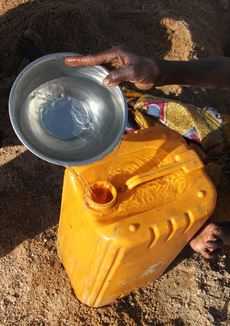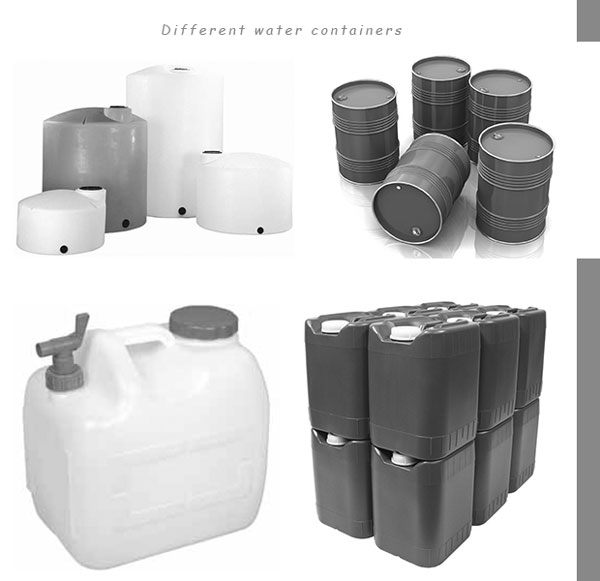When transporting water we move the water from its source to where we need it or to where we want to use it.
There are many ways of transporting water. These ways include:
These are special vehicles which have a tank in which water is stored.
The tanker is then driven from the water source to the place where it is needed for use.
[resource: 1374, align: left]
Some domestic animals are used to transport water.
The water is put inside containers then carried by the animals to where the water is to be used.
The animals may carry the containers on their backs or pull a cart on which the containers of water are placed.The animals that can help in transporting water are donkeys, horses, oxen and camels.
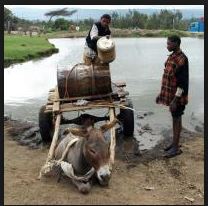
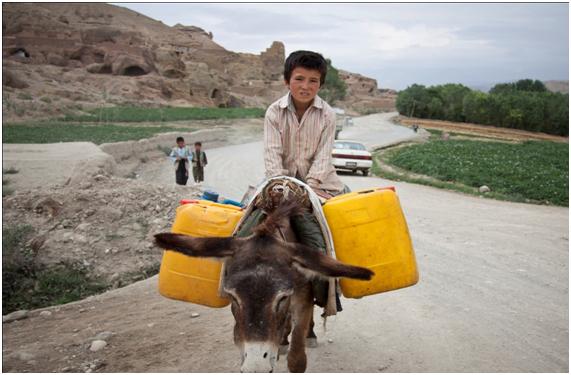
People also carry water in containers in various ways for example on their backs, on the head, or even by pulling the containers on carts.
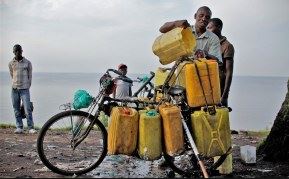
Pipes are long and hollow cylindrical tubes that are usually connected from the source of water to where the water is to be used.
Water is then transported by letting it run through the pipes. At times a pump is used to force water to run into and through the pipes.
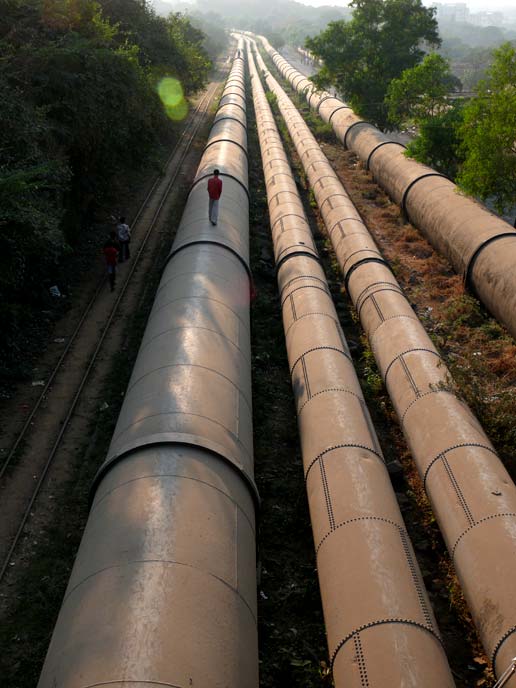
A tap is fixed at the end of the pipes to control the flow of water out of the pipes.
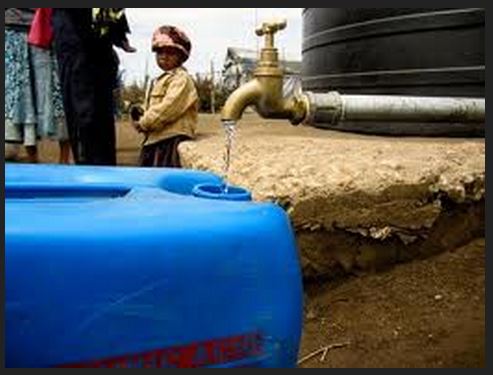
This means that the taps and pipes are not a sources of water just like the pipes are not.
After transporting water, the water needs to be stored so that it can be used in future. Water can be stored in various ways for example:
1. Storage tanks
water storage tanks can be made of concrete (sand mixed with
cement), plastic or iron sheets. The storage tanks can be built underground or
above the ground. Water is then fed into the tanks through pipes or gutters.
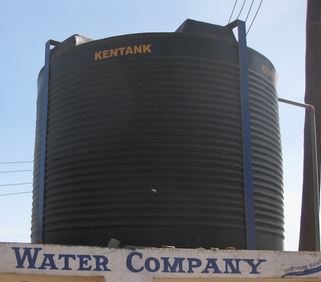
2. Dams
Dams are made by building a barrier across a river to hold water. The
water accumulates behind the barrier forming a man-made lake or reservoir.
The barrier can be made by building a concrete wall across the river.
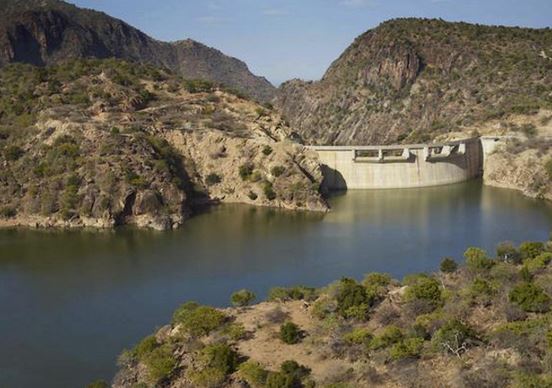
3. Water storage containers
small amounts of water can be stored in containers
such as jerricans, drums, pots, buckets and bottles. When the water is meant
for drinking, it should be stored in clean containers.
